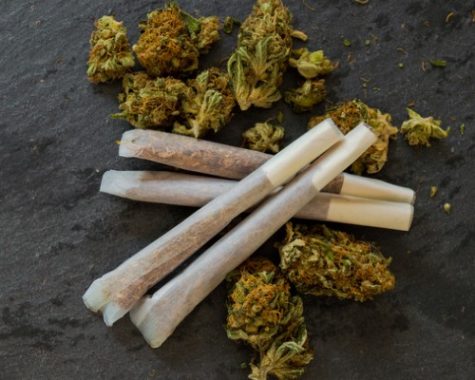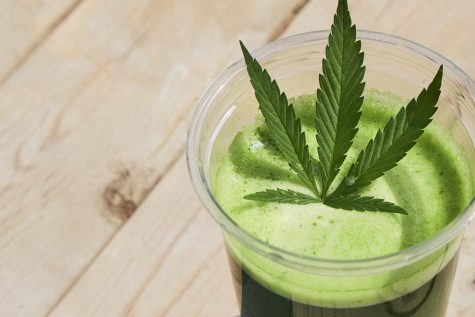Minnesota researchers invent test to expose cannabinoid dominance in cannabis plants
In a victorious moment that occurred at the end of 2020, a team of Minnesota-based researchers celebrated the successful development of a genetic test designed to predict how much cannabidiol (CBD) or tetrahydrocannabinol (THC) cannabis plants will produce.
The researchers, who have been trying to distinguish the genetic differences that separate cannabis from hemp since 2022, were led by the laboratory of George Weiblen — a science director and curator of plants at the Bell Museum. Wieblen also assumes the role of professor in the University of Minnesota’s College of Biological Sciences. His researchers’ fascinating findings were published in the American Journal of Botany.
“We found a [cannabis] needle in the hemp haystack,” the professor said in an official statement. Although he acknowledges that this was not the first cannabinoid dominance test of its kind, Wieblen says that the recent findings more closely assess the plant’s biology and mechanisms than previous efforts.
The discovery is sure to have repercussions for the global cannabis and hemp industries. After all, many hemp farmers have trouble growing plants that fall within the allowed limits for THC; normally due to difficulties in sourcing suitable genetics. Quality and reliable genetics are perhaps the most important factor that farmers ought to consider, therefore this cannabinoid dominance test could help prevent cultivators from wasting any unnecessary time and effort, claims professor Weiblen.
“One advantage of our test if it’s applied is that it can give farmers some assurance of what is the predominant cannabinoid they’re going to see in their plants,” explained Weiblen, who added that the test findings could help cannabinoid producers to choose their genetics. “They don’t have to wait until the end of the growing season to learn that.”

How does the test work?
According to Weiblen – and other scientists involved in the realm of cannabis research – certain parts of the plant’s chromosomes determine its dominance of CBD or THC.
“We are looking at the genes that are ultimately responsible for the pattern we see. What we’ve done is prove our model across lots of different kinds of cannabis, from industrial hemp to medicinal cannabis to feral ditchweed [wild hemp],” Weiblen told reporters at Cannabis Business Times and Hemp Grower.
After conducting their cannabinoid dominance examination on more than 350 plant samples, the team found that all types of cannabis will fall into one of three categories: CBD-dominant, THC-dominant or intermediate. CBD was the primary gene of focus for this particular cannabinoid dominance test.
Weiblen says that CBD is a gene with two variations — one that produces CBD and one that fails to produce any CBD. His team learned that the variation size depends on the chromosome. With this in mind, the researchers investigated which variation existed based on the plant’s gene length.
“Just like in humans, where we have two copies of each chromosome, so does cannabis,” Weiblen explained. “As a plant, you can either have two working copies of the CBD gene, two faulty copies of the CBD gene, or one of each. How much CBD [the plant makes] depends on which of those three combinations you have.”
Minnesota researchers discover something unusual about hemp THC content
An interesting takeaway from this cannabinoid dominance test was that one in 10 tested feral hemp plants – all of which were grown in Minnesota – were on the brink of exceeding the legal definition for a mature hemp plant. Approximately 11 percent of the team’s samples were “intermediate”, while just one percent was “THC-type”.
The researchers highlighted how the amount of cannabinoids produced by cannabis varies, even if it is a THC-type plant. This means that farmers who cultivate harvests of what they hope to be high-THC weed could potentially grow plants with so little cannabinoids that they fall under the legal classification for hemp (0.3 percent.) Because of this, the research team believes that the definitions of “hemp” and “marijuana” should be amended to match their findings.
Weiblen also noted that, in addition to the influence of environmental factors, “the ratio of cannabinoids is entirely a genetic phenomenon.”
“As a botanist, we don’t classify plants based on how people use them, but how they differ [genetically]. Now that we see public policy and public perceptions around cannabis really changing, we suggest maybe it’s time to define types of cannabis around their cannabinoid content rather than carry with us all the historical baggage,” the professor concluded.
The laboratory setting in which the investigation was carried out has been registered with the Drug Enforcement Administration (DEA) research division. All of the plant samples were procured from the National Institute on Drug Abuse (NIDA).








